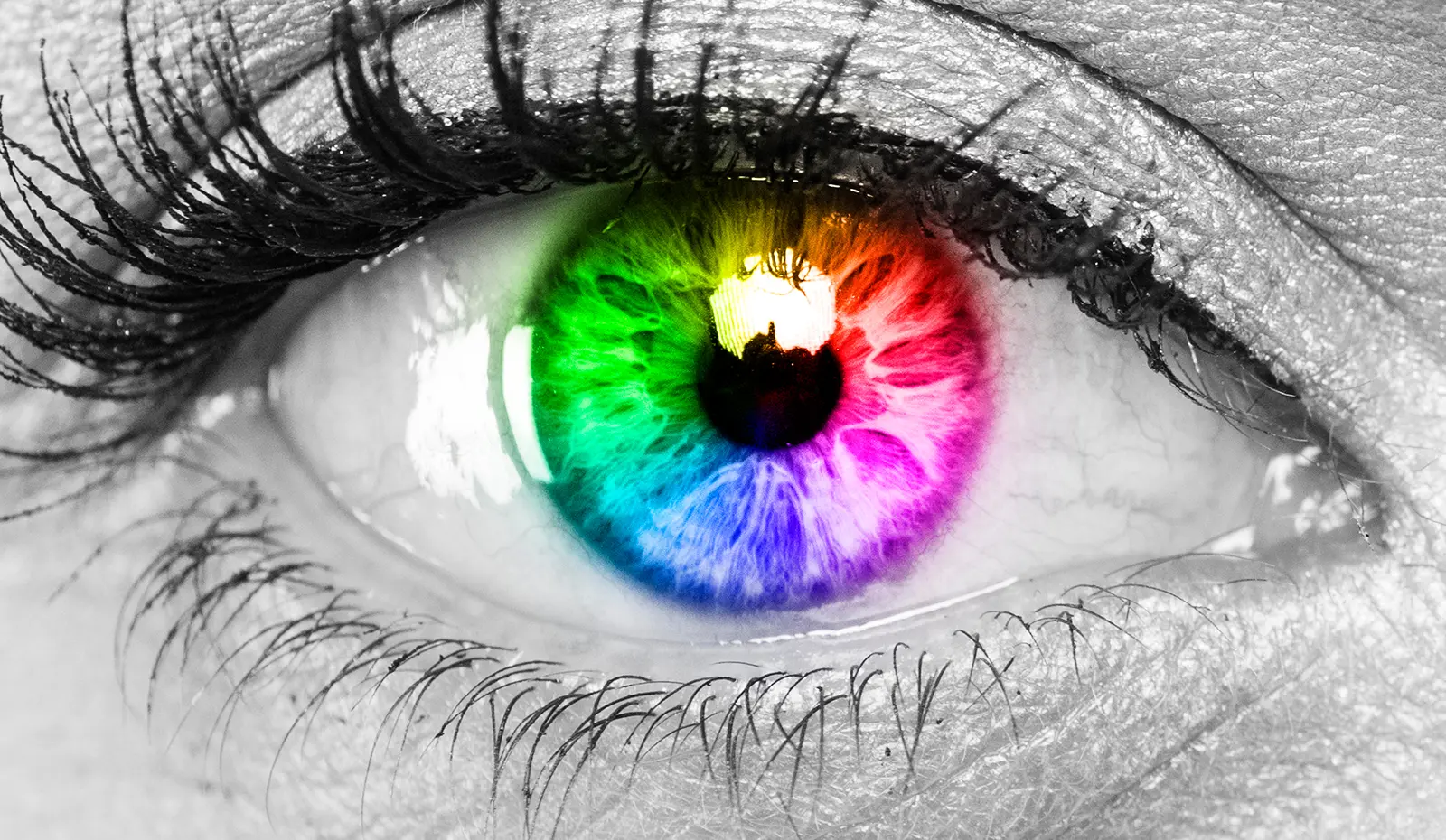The differences between RGB and CMYK?
Unlocking the Mystery: Understanding the Differences between RGB and CMYK
The world of design and printing can be a confusing place, with a variety of technical terms and concepts to understand.
One of the most important of these concepts is the difference between the RGB and CMYK color models. Understanding the differences between these two color models is crucial for anyone working in design or printing, as the choice between RGB and CMYK can have a significant impact on the final result of a project.
In this post, we’ll take a closer look at the RGB and CMYK color models, exploring their differences and when each one is best suited for use.
RGB Color Model
The RGB color model is an additive color model that is used for digital displays, such as computer monitors, televisions, and smartphones. RGB stands for Red, Green, and Blue, and the RGB color model works by adding different intensities of red, green, and blue light to create a range of colors.
One of the key benefits of the RGB color model is that it offers a wider range of colors compared to the CMYK color model. This makes it ideal for digital design work, as it gives designers more options for creating vibrant and bright colors. Additionally, the RGB color model is typically more consistent across different digital devices, as the color information is stored in the digital file and can be displayed on different screens in the same way.
CMYK Color Model
The CMYK color model, on the other hand, is a subtractive color model that is used for printing. CMYK stands for Cyan, Magenta, Yellow, and Key/Black, and the CMYK color model works by subtracting light from a white background using cyan, magenta, yellow, and black inks.
One of the main benefits of the CMYK color model is that it allows for more accurate color representation when printing, as the inks used in the printing process are more consistent than the light used in digital displays. Additionally, the CMYK color model is typically more cost-effective than the RGB color model, as it requires fewer inks to produce the same range of colors.
Choosing Between RGB and CMYK
So, when should you use RGB and when should you use CMYK? The answer is simple: if the project is going to be displayed on a digital device, such as a website or a presentation, then the RGB color model is the best choice. However, if the project is going to be printed, such as a brochure or a poster, then the CMYK color model is the best choice.
It’s also important to keep in mind that when converting from RGB to CMYK, there may be some color shifting. This is because the RGB color model allows for a wider range of colors than the CMYK color model. Some colors that look vibrant and bright in RGB may appear dull or washed out when printed using the CMYK color model.
Additionally, not all printers are calibrated the same way, which can lead to variations in color representation. To ensure consistent color representation when printing, it’s important to use high-quality paper, calibrate the printer regularly, and use a color management system.
Conclusion
The RGB and CMYK color models are both important tools in the world of design and printing. Understanding the differences between these two color models and when each one is best suited for use is crucial for anyone working in this field. By choosing the right color model for your project, you can ensure that your designs look their best, whether they’re being displayed on a digital device or printed on paper.

